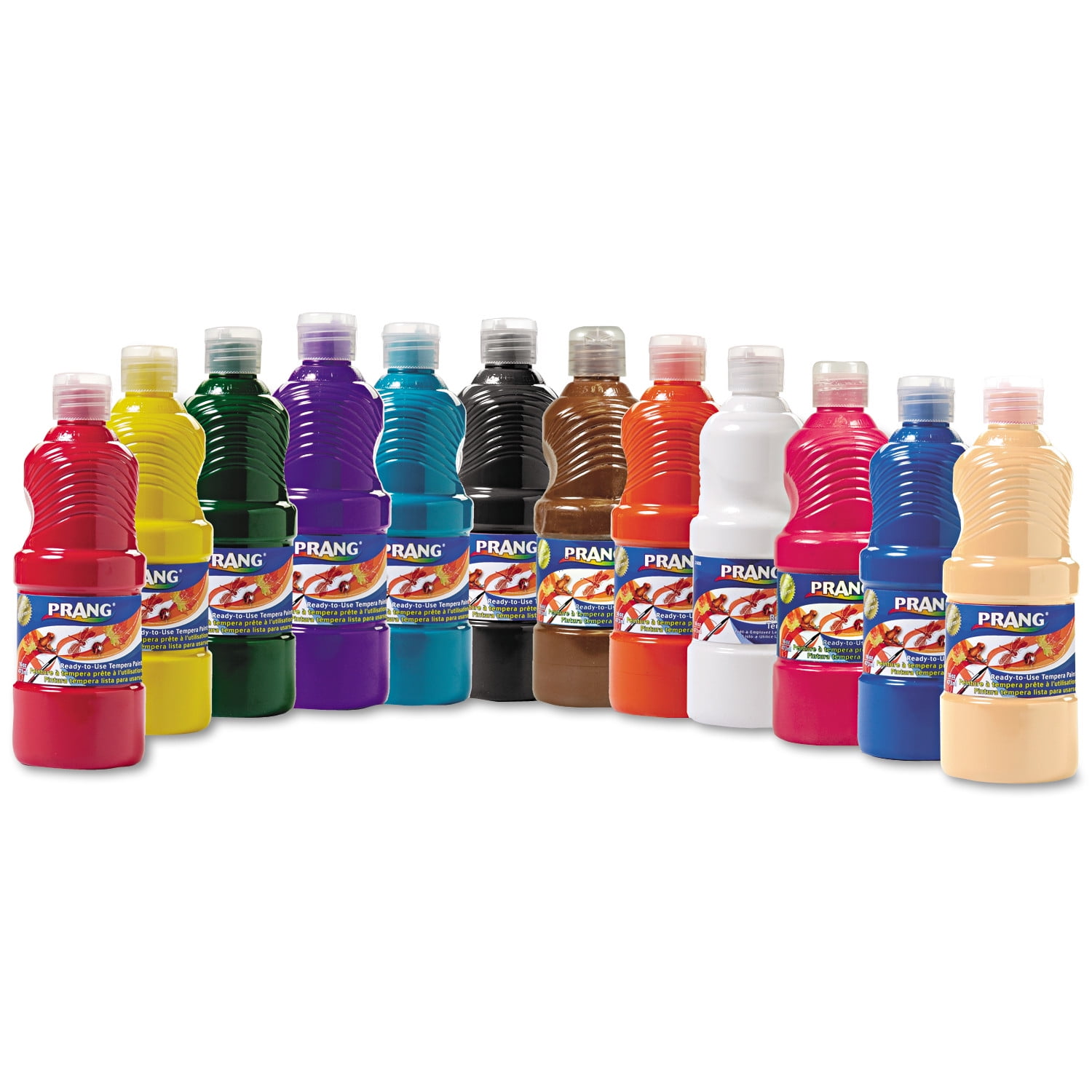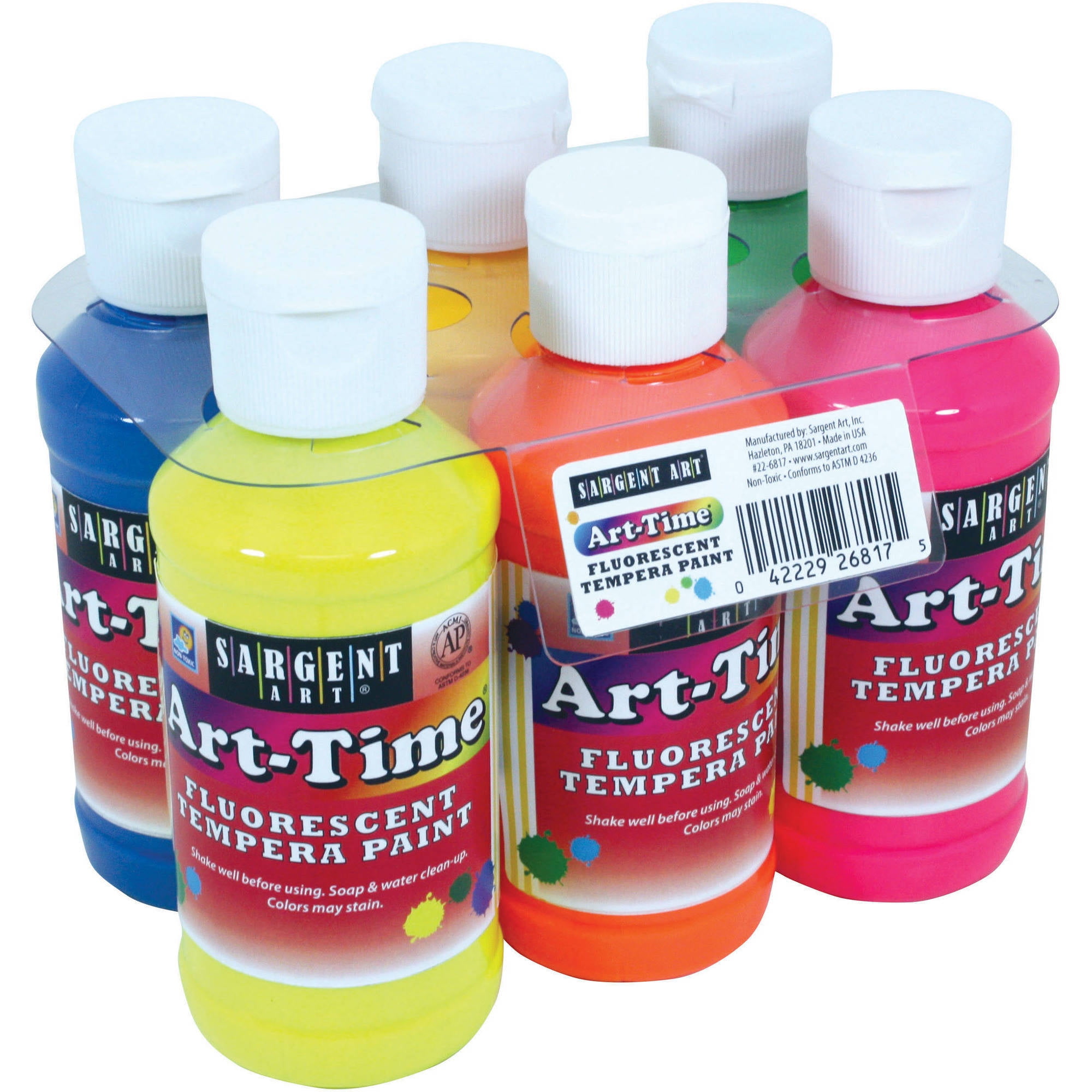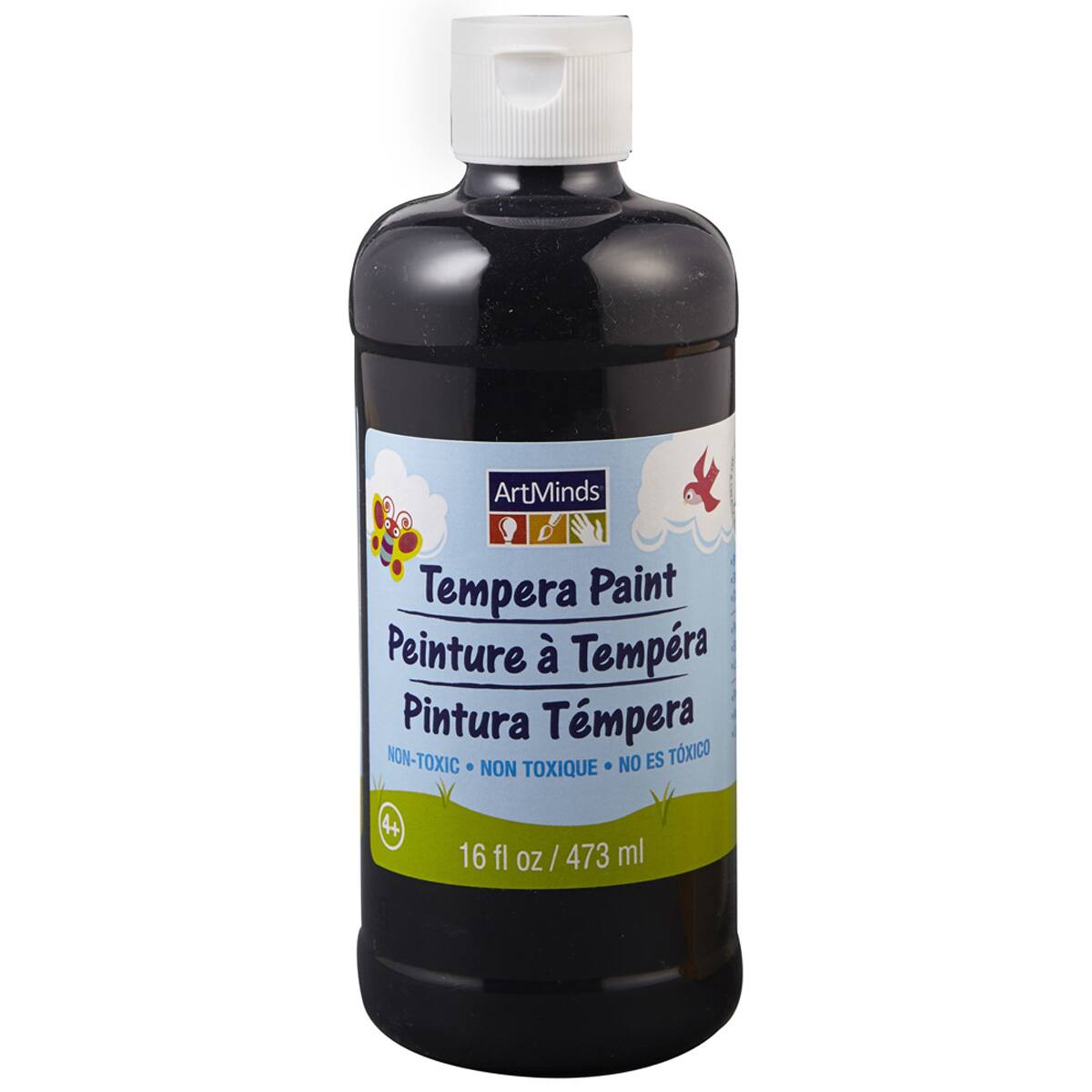

It contains organic compounds that make them safe to use, but this also means they eventually will spoil.ĭispensers and cups for Liquid Tempera are a great solution for managing paint in a classroom! Use these dispensers and cups to keep your classroom neat, and to extend the shelf life of your tempera paints. Tempera powder simply needs to be mixed with water before use. Apply them to your surface with a wet brush. Tempera cakes are similar to watercolor pans, but they’re more opaque than watercolors.

It dries quickly - ideal for bringing projects home from school - and is easy to clean.įind liquid tempera paint, tempera cakes, and tempera powder. Use it on paper, cardboard, cloth, wood, or canvas. It’s watersoluble and has a smooth, creamy consistency and excellent coverage. The research team hopes to use the new findings to help preserve tempera-based artworks from the Middle Ages.Tempera paint is perfect for crafts, kids’ art projects, finger painting, and classroom projects. The team's egg tempera also provided more coverage and elasticity as well. Researchers suspect this difference is due to a network of bonds between the egg yolks, water molecules and clay particles in the pigment, making the yolk-based mixture more dense than the water-based mixture, according to the university statement. While both mixtures' viscosity decreased with more stress, also called shear thinning, the paint that contained egg yolks had a higher viscosity, or thickness. The team used nuclear magnetic resonance (NMR) relaxometry to measure the physical and chemical properties of the color, Ars Technica reports. Each variety was brushed onto canvas and analyzed using rheology to measure the paint's flow properties.
Tempera paint skin#
Terra verde was a pigment often used as base layer for skin in Renaissance paintings.įor the experiment, scientists compared one batch of tempera paint using egg yolks and green earth to another mixture that omitted egg yolks and instead suspended the pigment in water. The Manchester Madonna is unfinished and features the outlines of two angels in the background in terra verde tempera paint. The paint was used as a skin tone underlay in Michelangelo's unfinished painting, The Virgin and Child with Saint John and Angels ('The Machester Madonna'). Since other pigment colors were derived from toxic minerals, the team used a clay-based "green earth" (terra verde) pigment for their experiments. Green earth was widely used as a base layer and an underlay for skin tones. To understand the molecular structures behind 15th-century tempera paints, researchers recreated recipes recorded in a handbook called Il libro dell'arte by Italian painter Cennino Cennini, according to a French National Centre for Scientific Research statement. The color is also found adorning mummy caskets of ancient Egypt, wood panels from the Byzantine era, and the walls of early Christian catacombs.

Rather than paper or canvas, tempera works best on solid wooden surfaces where it's less prone to cracking. Because the paint dries so fast, artists have to keep adding water as they work. The yolk-based paint is prepared by mixing colored, powdered pigments with a water-soluble binder-in this case, eggs. Then, the paint is finished off with a few drops of vinegar to prevent cracking once the paint dries, Ars Technica reports. Once dried, its satin luster resembles modern acrylic paints.

The paint was not affected by humidity or temperature and could be used to create various transparent and opaque effects. Tempera was widely used because of its durable, multi-purpose applications. 1497, tempera on wood, The National Gallery London Michelangelo's unfinished Manchester Madonna was painted using tempera paints on wood. In a new study published last month in the journal Angewandte Chemie, scientists analyzed how egg yolk proteins interact with pigments to create the tempera's pleasing aesthetic.
Tempera paint cracked#
So, what made tempera reign supreme among the Renaissance giants? Researchers at Sorbonne University in France may have cracked the code, reports Jennifer Ouellette for Ars Technica. Also called egg tempera, this yolk-based paint was used to design murals in ancient China, Mycenaean Greece, Egypt and Babylonia. Legendary artists Leonardo DaVinci, Raphael, and Sandro Botticelli preferred tempera over other mediums for its quick-drying nature and its ability to make their subjects' flesh appear opaque and luminous.īecause the pigment doesn't mix well with other paints, it is less popular than acrylics, watercolor and oil-based paints, but it's still used by artists to this day. Before oil paints rose to popularity during the Renaissance, tempera paint was favored among many of the world's cultures.


 0 kommentar(er)
0 kommentar(er)
